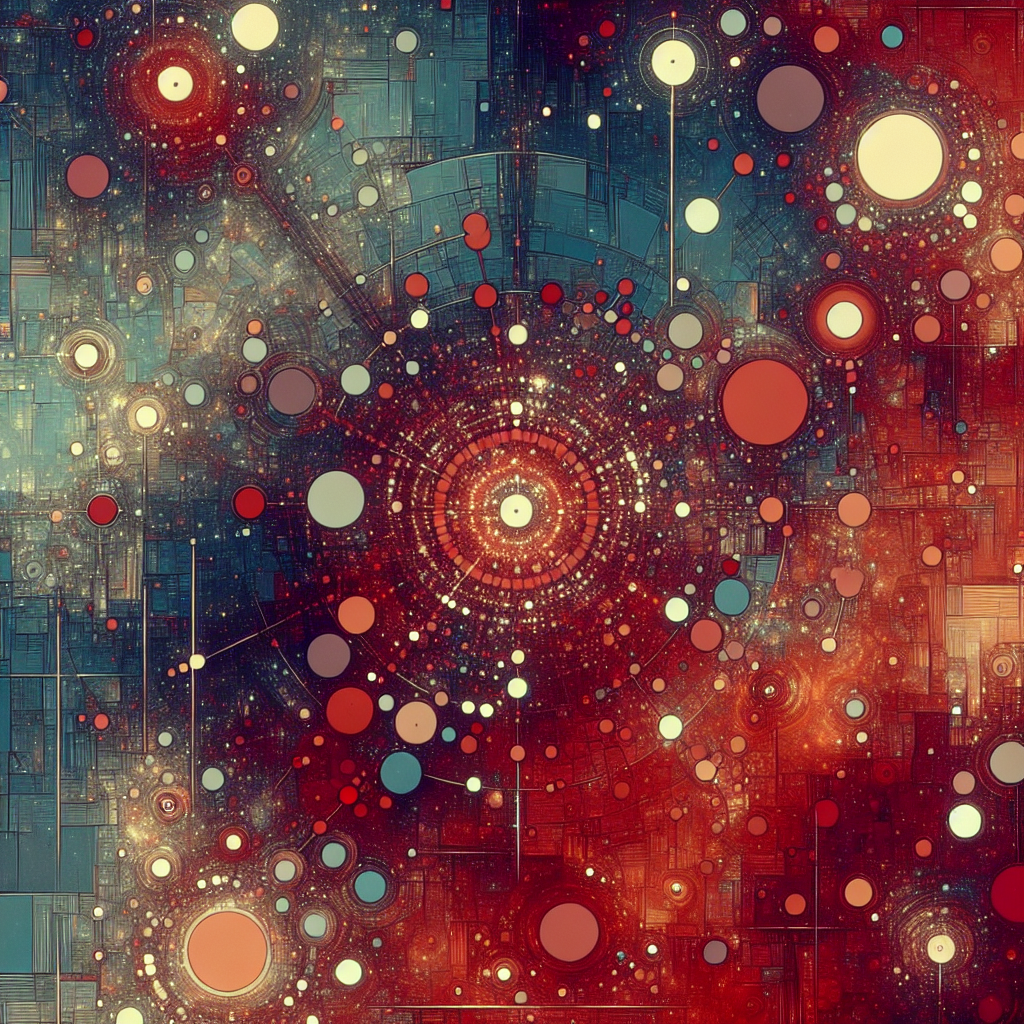Have you ever gazed up at the night sky and wondered about the shining stars and their stories? In the scientific realm of astronomy, there's a fascinating group of stars known as the "Red Clump." But what exactly is this red clump, and why is it capturing the attention of astronomers around the globe? The 'Red Clump' is a captivating assembly of stars usually found in the study of stellar halos, particularly in our Milky Way galaxy. It often refers to a dense cluster of stars on the Hertzsprung-Russell diagram. Imagine a bustling city map where a particular part of town is glowing exceptionally bright, drawing all eyes towards it. That special part of town is the Red Clump, and it’s usually located at the center of the galaxy’s bulge. It appears as this bright cluster often helps astronomers to understand the structure and evolution of the galaxy.
The Stars that Steal the Show
So, what are these stars, and why are they so important? Red Clump stars are more evolved, meaning they have reached a significant phase in their lifecycle. They are horizontal branch stars, burning helium in their cores after having expanded into red giants and shedding certain layers. These stars are relatively stable and maintain a constant brightness, which is why astronomers are so thrilled about them—they act as reliable distance markers in the galaxy's celestial map.
In simpler terms, these stars are akin to cosmic lighthouses. With the assistance of their consistent luminosity, scientists can measure distances across the galaxy with extraordinary precision, which is key to many astronomical endeavors. Understanding distances and how they relate to the galaxy’s structure fills in parts of the cosmic story that were once missing.
A Journey Through Time and Light
To fully appreciate why Red Clump stars are celebrated in the scientific community, let’s discuss a bit about their life journey. At the beginning of their lives, stars are mostly composed of hydrogen. They spend most of their adolescence happily fusing hydrogen into helium in their cores. However, these stellar teenagers eventually evolve into adults by converting all their core hydrogen into helium. This transformation ushers in a new era in the star’s life, known as the ‘Red Giant’ phase—a time of expansion and bright glow.
But not all stars are the same. Some stars will remain in the Red Giant phase longer, while others evolve into the core-helium-burning phase, settling as the illustrious Red Clump stars. During this horizontal branch phase, the balance of helium fusion stabilizes them, affording astronomers a perfect opportunity to calculate distances due to their steady output of radiation.
Revelations About Our Galaxy
At this point, you might be wondering about the implications of these cosmic wonders for our understanding of the universe. The impact is noteworthy. Red Clump stars illuminate the Milky Way's ancient history. By studying them, we not only confirm our understanding of stellar evolution but also infer knowledge about our galaxy's formation, age, and even its ultimate fate.
Particularly fascinating is how these stars allow astronomers to test models of the Milky Way’s mass distribution. By precisely measuring their distance, researchers can map out the skeletal structure of our galaxy and even explore the mysteries of galactic arms and disks. Furthermore, these stars assist in tracking the chemical evolution of the galaxy by providing insight into the materials expelled into space from stardust, enriching the cosmic tapestry where new stars and planets take their first breaths.
A Window into Galactic Exploration
The Red Clump is an essential piece of a much larger puzzle. Thanks to space missions such as the ESA’s Gaia mission, which is among the most ambitious, aiming to chart a three-dimensional map of our galaxy with unprecedented detail, our grasp of Red Clump stars becomes ever more precise. These missions observe stellar oscillations and gather data to help refine our models of stellar life cycles.
So, what's the takeaway? Beyond the scientific jargon and complex measurements lies a deeper truth about our own human curiosity. As we gazed up, we yearned to comprehend not just the dots of light, but our place and origin in the vast cosmos. The Red Clump stars serve as exemplary guides in this quest, reminding us that even amidst the incredible vastness of space, there are still things we can measure, understand, and cherish.
In our pursuit of knowledge, the Red Clump is a bright beacon helping to light the way forward—a testament to humanity’s steadfast love affair with the stars. Each step we take with these stellar mentors brings us closer to understanding not just where we are, but who we are, as a part of this grand, exciting universe we call home.

